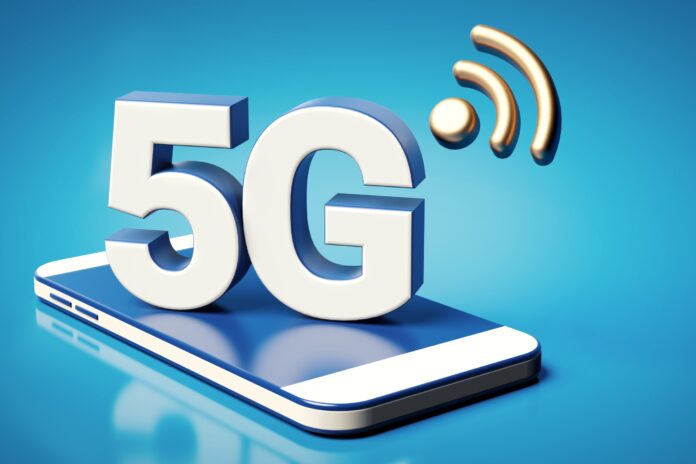Did you ever wonder how the nation’s top wireless companies like Verizon Wireless, T-Mobile, AT&T Mobility, Dish, C-Spire, US Cellular and others maintain their sprawling and ever-growing networks? While they have their own engineering teams who are always at work, there is always too much work and not enough time. That’s where they turn to outside companies like Pearce Services, American Tower and Crown Castle to help them on this enormous and growing task.
In fact, there are many third-party companies who work with wireless carriers to update, maintain and repair cell sites and network segments. There are also companies that build cell sites all around the country, helping carriers better reach their customers.
Pearce Services, American Tower, Crown Castle keep wireless working
Even though the average wireless customer or investor has never heard of these companies, they are of significant importance to the quality of service you receive when you use your smartphone, tablet or any other wireless device.
As an independent Wireless Analyst for three decades, I have followed the news and announcements of major players in the space. That means networks like those mentioned above, plus smartphone and tablet makers including Apple with the iPhone, Google with Android, Samsung with Galaxy and countless others.
All these companies want to keep their image shiny and bright because of competition.
Dish, C-Spire, US Cellular, Apple iPhone, Google Android, Samsung Galaxy
However, there is a group of companies like Pearce Services, American Tower and Crown Castle which are an integral piece of the puzzle in the wireless industry. Yet, these companies don’t get followed as closely, written about as often or discussed. That means most people don’t know about them.
Companies like these can be just as important to keep networks humming, providing high quality wireless connectivity, low-latency and high-speed to users.
Remember, wireless is only really wireless for the first mile and the last mile, until your smartphone or tablet connects with the nearest cell site or Wi-Fi hotspot. After that, the session is carried over a wireline network until the last mile where the call is delivered.
Wireless is only wireless until reaches a tower, then it’s wireline
As we move forward through time, wireless becomes more important and expansive. Yesterday, we lived in a wireline world. Today, we live in a wireless world. Yesterday, we called a place and asked for a person. Today, we call the person on their wireless phone, no matter where they are.
Everything has flip-flopped. Everything has changed over the past decade or two.
The Apple iPhone and Google Android are about 15 years old. Before that Blackberry and Palm Pilot led the marketplace.
Over the past decade or two we have seen an explosion of what we can do on the wireless world.
Wireless becoming more important, year after year
Yesterday, the cellphone mainly made phone calls. Today, we use these for everything including email, web browsing, shopping, messaging, text, conference calls, wallet, credit cards, camera, photo album and so much more. What will tomorrow bring?
We can look forward to ever-growing usage and new apps. This means wireless systems need to be faster, lower in latency and more reliable than ever.
Wireless is impacting and changing other industries like healthcare, remote surgery, autonomous driving, automotive, retail and so much more.
Wireless impacting healthcare, autonomous driving, retail and more
Each year, wireless is becoming more important as a critical service we all use every day and that we need. This will only continue to grow as we move forward.
That’s why I see many sectors in the wireless industry continuing to see strong growth.
That means there is a potential for more new competitors with new thinking and new ideas, many times at lower costs to enter as time goes by.
Many times, new competitors will change a space the way the iPhone and Android won over Blackberry and Palm Pilot.
That also means existing leaders have the unique opportunity and the challenge to both maintain their marketplace position and show constant growth and leadership as time passes.
We are in an exciting and important moment in wireless hat we do not discuss often enough. Yet, because wireless continues to grow and expand as an industry, the networks need help with maintenance and installation from third-party engineering teams so they can remain at the top of their game. That’s what it’s all about in order to maintain market share and grow.

